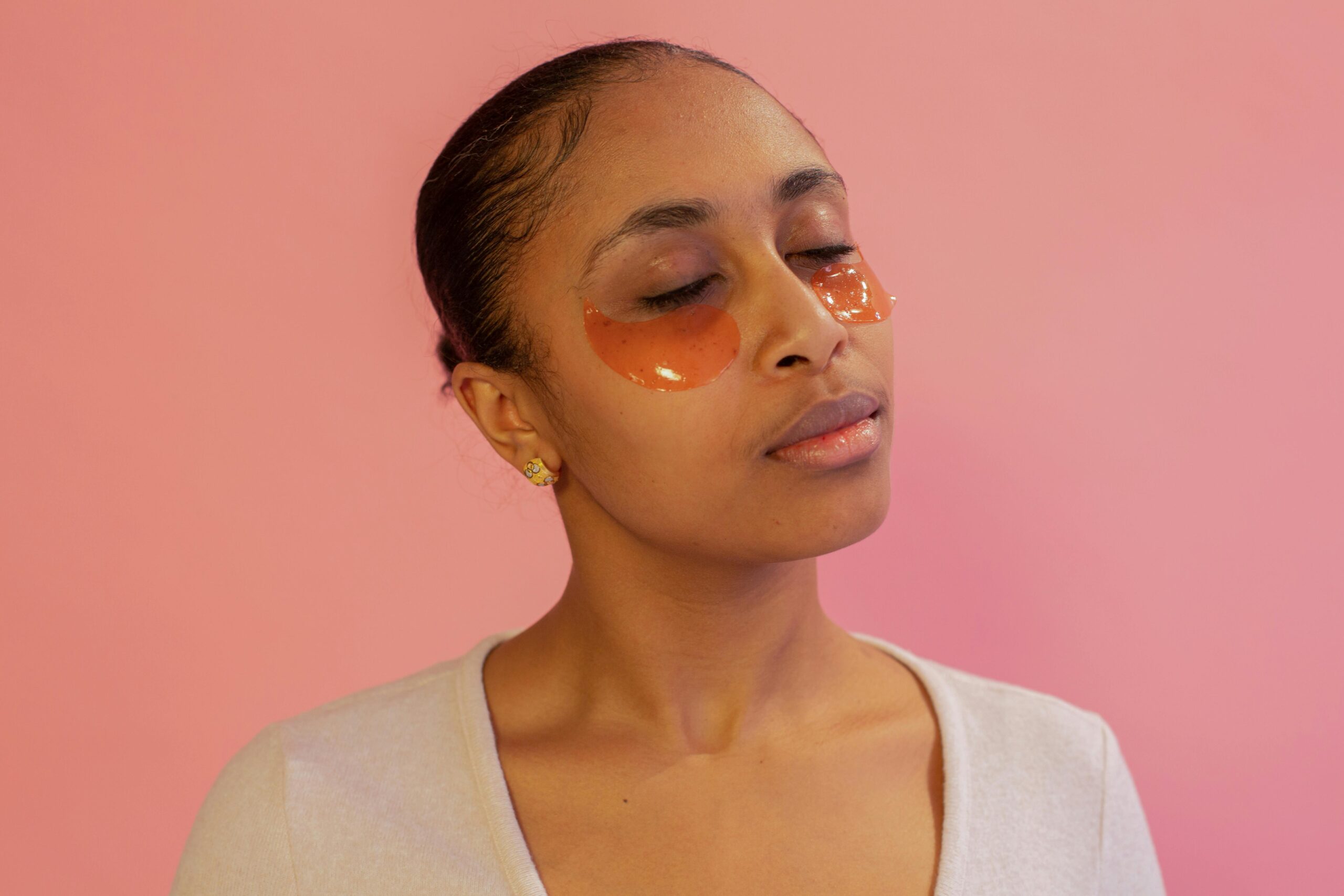Hollow under-eyes are a common concern for many women, especially as they age.
This issue of hollow under-eyes, which is often characterized by a sunken or shadowy appearance beneath the eyes, can make one look tired or older than they feel. Different from dark circles and puffiness, this skincare struggle of hollow under-eyes deserves attention.
Many women in their 20s and 30s notice this change and wonder why it happens and how to combat it. The skin under the eyes is delicate and prone to changes that can be influenced by a variety of factors, such as genetics, lifestyle and aging. However, there’s still hope.
What Causes Hollow Under-Eyes?
According to oculoplastic surgeon Dr. Joel Kopelman, hollow under-eyes can be attributed to a number of factors. Many of the factors are connected to the natural aging process.
“The natural loss of fat and collagen in the face, particularly in the under-eye area, contributes to that sunken look,” Kopelman explained.
As you age, your skin loses elasticity, and the fat pads under the eyes diminish, creating that hollowed appearance. Genetics also plays a significant role.
“Some people are just predisposed to having a more hollow appearance beneath their eyes, even at a younger age,” he said.
For Black women, hollow under-eyes are often accompanied by hyperpigmentation, making the hollows appear more noticeable. Kopelman explained that for those with darker skin tones, the challenge is compounded by this pigmentation emphasizing the hollowness. This can make the area appear darker and more shadowed, even when there is no actual loss of volume.
In-Office Treatments for Hollow Under-Eyes
For women seeking immediate and effective solutions, in-office treatments are the best route. Kopelman suggests the use of dermal fillers, particularly those containing hyaluronic acid, as a go-to option for hollow under-eyes. Hyaluronic acid fillers work by plumping up the area. It works to make the hollowness less visible and giving the under-eye area a smoother, more youthful appearance.
“These fillers help to restore lost volume and the results are often immediate,” he said.
Another treatment option Kopelman recommended is fat transfer. This procedure involves transferring fat from another part of the body to the under-eye area. While fat transfer offers a more permanent solution, Kopelman said that patients should be aware of the longer recovery time.
For those looking to avoid injections or surgery, Kopelman suggests radiofrequency and laser therapy as non-invasive alternatives. These treatments stimulate collagen production, which can improve skin texture and tighten the under-eye area.
“While they don’t replace lost volume like fillers do, they can make a noticeable difference in the appearance of fine lines and hollows,” he said.
He cautioned that for women with darker skin tones, it’s important to select the right type of laser to avoid the risk of hyperpigmentation.
At-Home and Topical Solutions
Everyone is not ready to undergo in-office treatments. For those women, there are still options available. Kopelman advised incorporating topical products containing hyaluronic acid and retinol into your skincare routine.
“Hyaluronic acid helps to hydrate and plump the skin temporarily, while retinol boosts collagen production over time,” he said.
These ingredients can help improve the overall appearance of the under-eye area, though they won’t fully replace lost volume. However, it’s important to approach these products with caution, especially for Black women They can cause irritation or uneven pigmentation. For those who want to explore safe, at-home remedies, cold compresses can be a simple, but effective starting point.
“Applying cold compresses can help reduce puffiness and make the under-eye area look less sunken,” said Kopelman.
Eye creams containing ingredients, like caffeine or peptides, can help temporarily tighten the skin and improve circulation. While these options won’t provide the same results as in-office treatments, they are a great way to maintain and improve the appearance of hollow under-eyes in the short term.
Preventing Hollow Under-Eyes
While it’s impossible to completely prevent hollow under-eyes, Kopelman shared some tips to slow down the process.
“Staying hydrated, eating a balanced diet rich in antioxidants and using sunscreen daily are key,” he said.
Protecting the skin from sun damage is especially crucial, as UV exposure can break down collagen and accelerate the loss of volume in the under-eye area.
For women of all skin tones, taking care of the skin’s unique needs is essential. Kopelman advises tailoring skincare routines to individual concerns, especially for those with darker skin tones to avoid pigmentation issues. Regular hydration, a nutrient-rich diet, and daily sun protection can go a long way in maintaining the health and appearance of the under-eye area.
